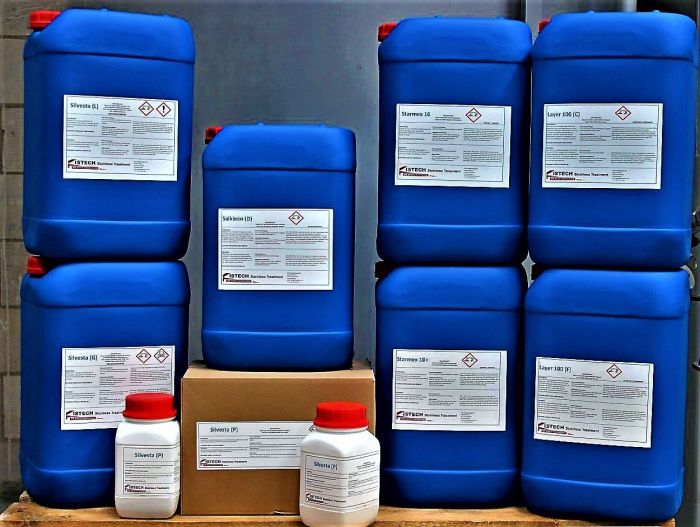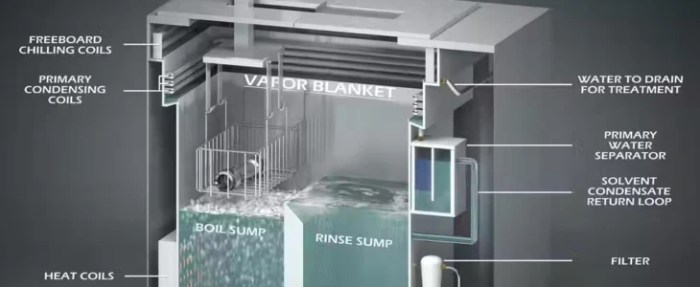Metal tools and nonporous supplies used should be disinfected – Disinfecting metal tools and nonporous supplies is of paramount importance to safeguard public health and prevent the spread of infections. Failure to adhere to proper disinfection protocols can have dire consequences, leading to the transmission of pathogens and compromising patient safety.
This comprehensive guide delves into the crucial methods, frequency, and precautions involved in disinfecting metal tools and nonporous supplies. By implementing these best practices, healthcare professionals can ensure effective infection control and maintain a safe and hygienic environment.
Disinfection of Metal Tools and Nonporous Supplies

Disinfecting metal tools and nonporous supplies is essential to prevent the spread of microorganisms and maintain a safe and hygienic environment. Failure to disinfect these items can lead to contamination and potential health risks.
Methods of Disinfection
- Chemical Disinfection:Using chemical disinfectants such as bleach, alcohol, or quaternary ammonium compounds.
- Heat Disinfection:Exposing items to high temperatures, such as boiling or using an autoclave.
- Ultraviolet (UV) Disinfection:Using UV radiation to kill microorganisms.
- Gas Disinfection:Exposing items to gases such as ethylene oxide or hydrogen peroxide.
Frequency of Disinfection
The frequency of disinfection depends on the intended use and environment of the metal tools and nonporous supplies. High-touch surfaces and items used in medical settings require more frequent disinfection than those used in less critical environments.
Precautions for Disinfection
- Follow the manufacturer’s instructions for proper handling and disposal of disinfectants.
- Wear appropriate personal protective equipment (PPE) when using disinfectants.
- Ventilate the area where disinfection is being performed.
Best Practices for Disinfection
- Clean items thoroughly before disinfecting to remove any organic matter.
- Allow disinfectants to remain in contact with the surface for the recommended dwell time.
- Store and maintain items in a clean and dry environment to prevent contamination.
Examples of Disinfection Methods
| Method | Steps | Materials | Effectiveness |
|---|---|---|---|
| Chemical Disinfection (Bleach) | Dilute bleach solution according to manufacturer’s instructions; apply to surface and allow to sit for 10 minutes; rinse with water. | Bleach solution | Highly effective against most microorganisms |
| Heat Disinfection (Autoclave) | Place items in an autoclave; heat to 121°C for 15 minutes at 15 psi. | Autoclave | Highly effective against all microorganisms |
| UV Disinfection | Expose items to UV radiation for the recommended exposure time. | UV lamp | Effective against most microorganisms, but may not penetrate shadows or crevices |

